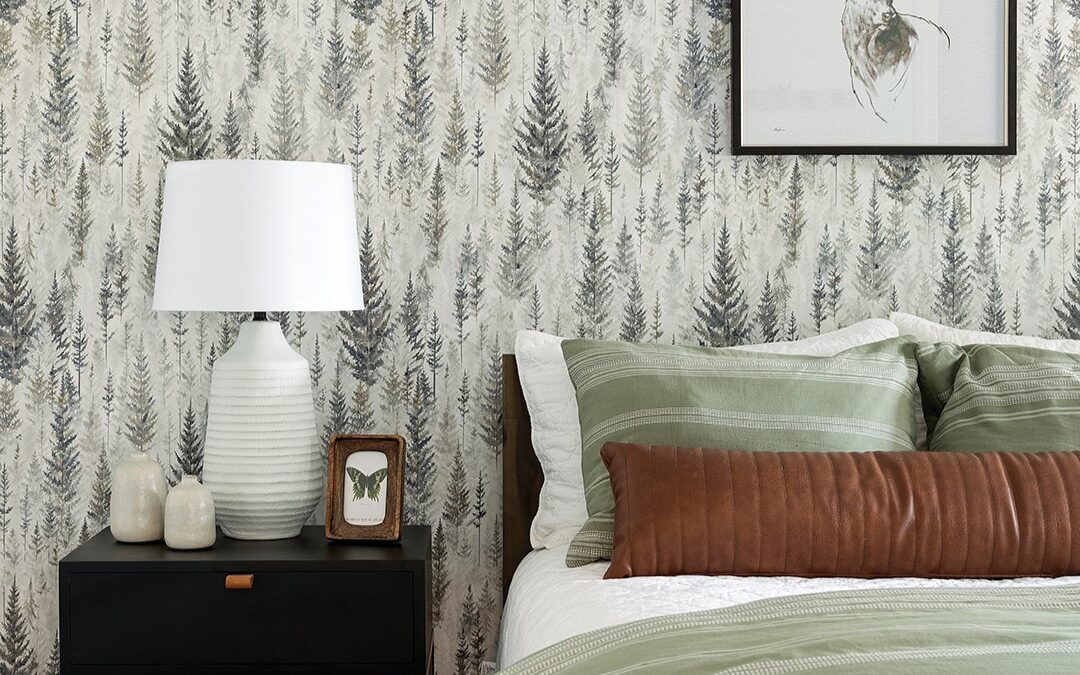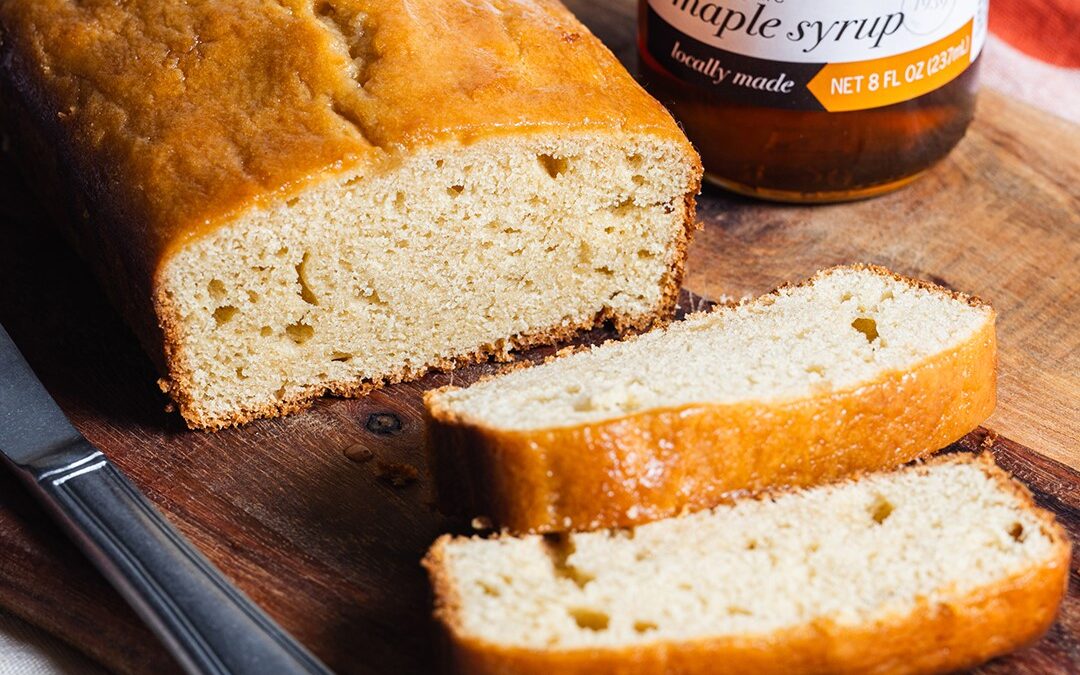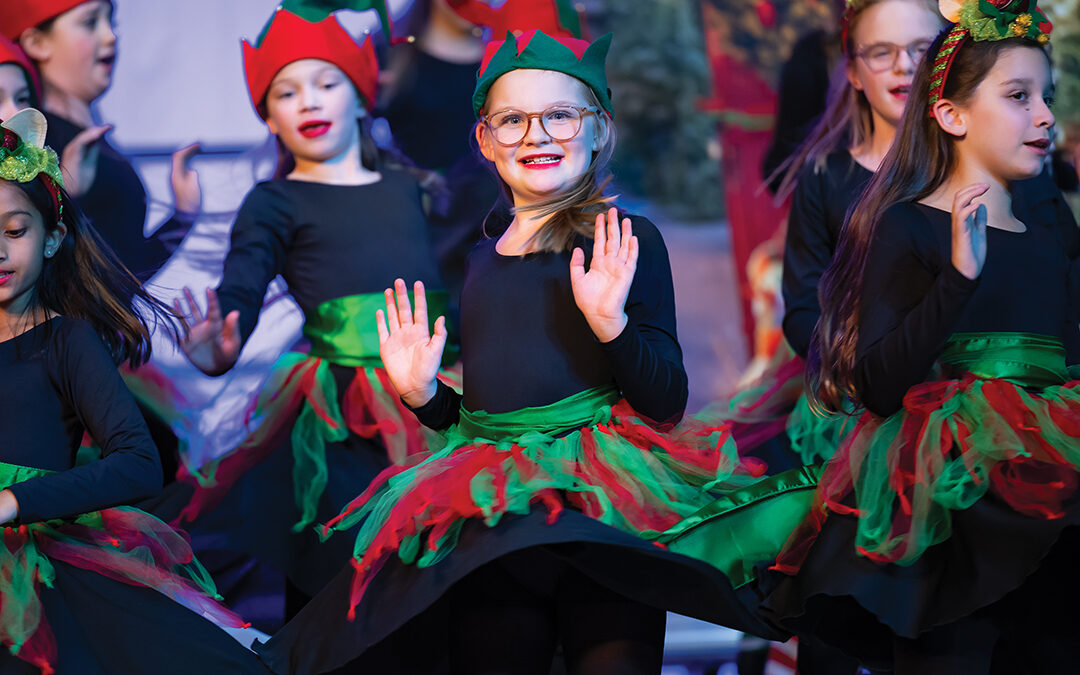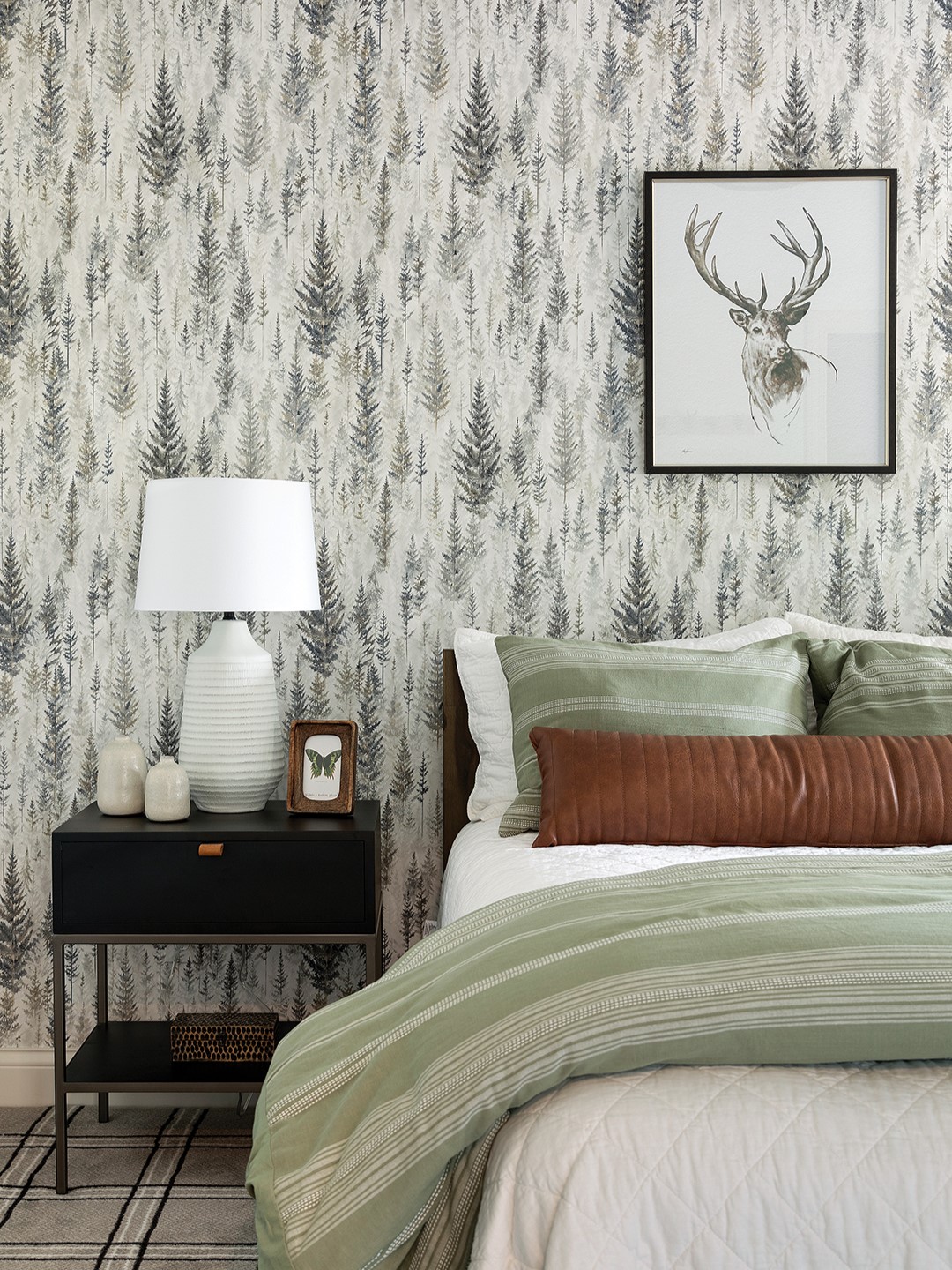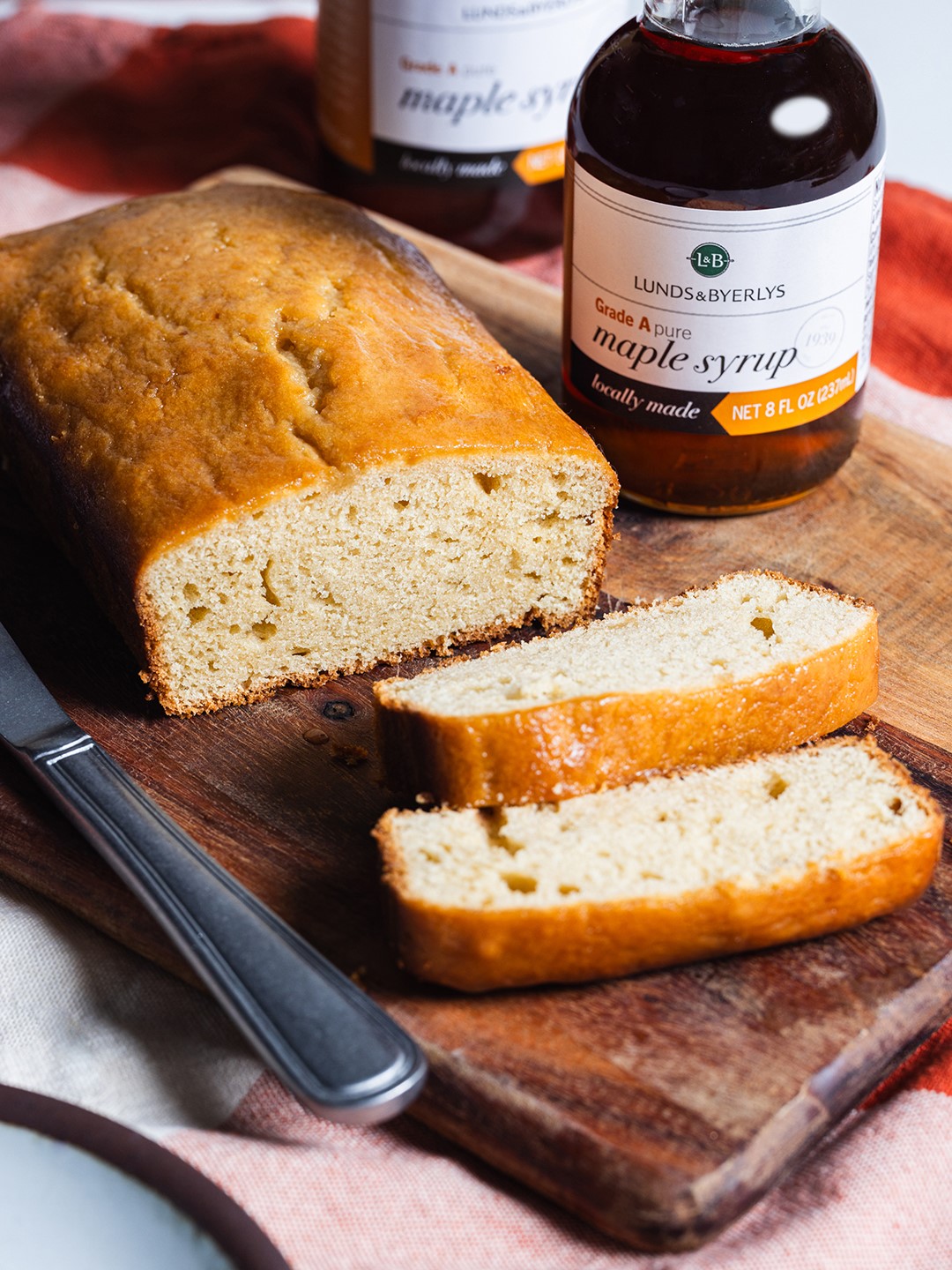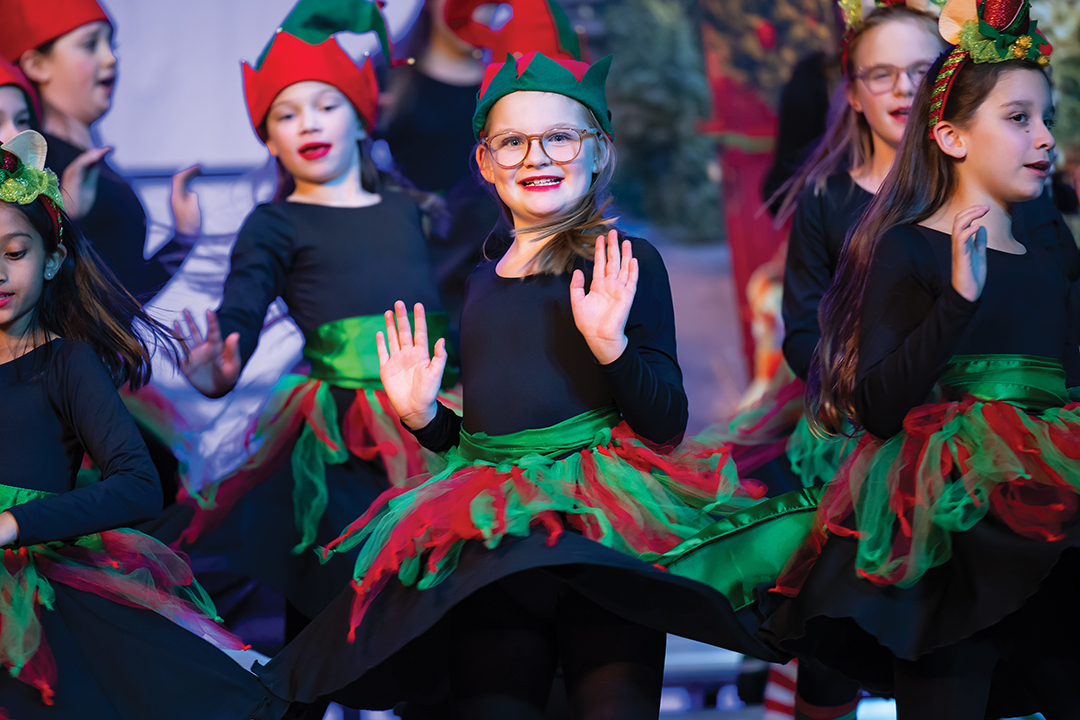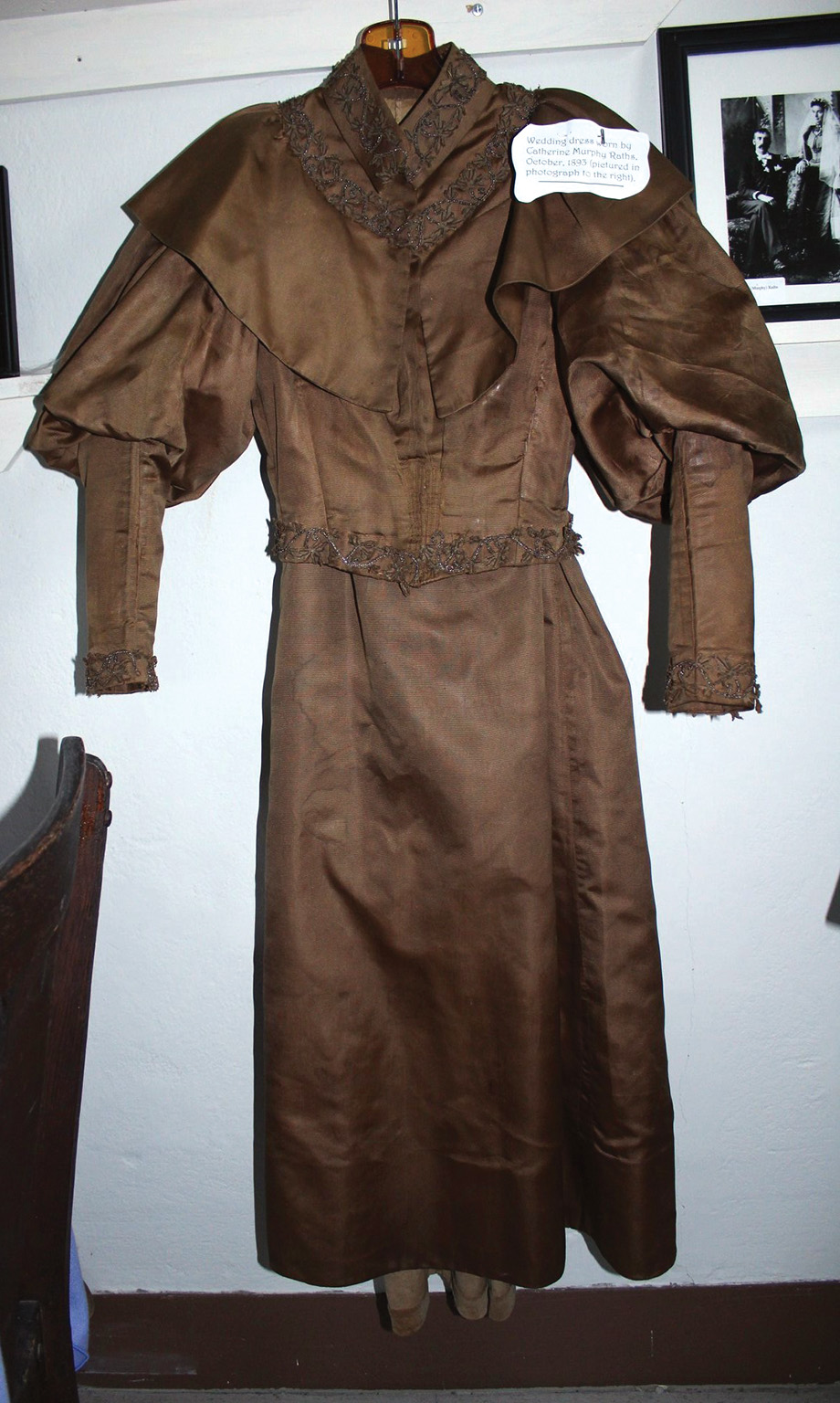
Catherine Murphy Raths Wedding Dress at the Woodbury Heritage House. Photos: Woodbury Heritage Society
As the old saying goes, “Marry in May and rue the day. Marry in April if you can, joy for maiden and for man.”
Memories of family and friends’ weddings are tucked away in drawers with the keepsake or souvenir and, perhaps, an antique doily that speak of another lifetime. All of these have memories and heirloom status.
At the Woodbury Heritage House & Museum, we proudly display many framed pictures and display heirlooms from our Woodbury families, such as the wedding photo of George and Catherine Raths—a relative of two of our board directors on the Woodbury Heritage Society, Tom Bielenberg and Sheila Raths. The dress (which, yes, is black!) is on display, and it belongs to the bride, Catherine Murphy Raths. The couple wed in 1893.
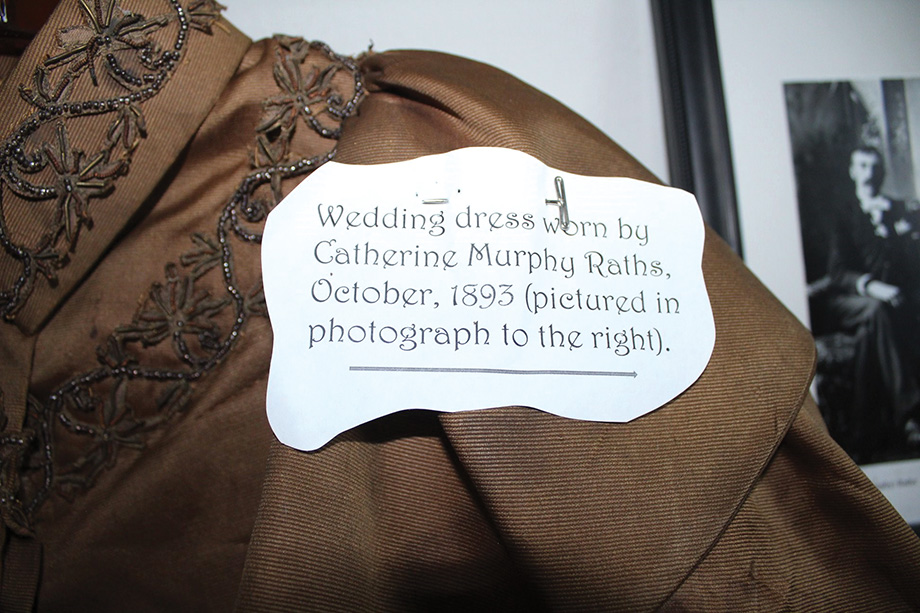
Wearing a black wedding dress, really? It was common in the late 19th century for brides to wear their “best dress,” which was often black or brown to their weddings. White dresses began gaining popularity following Queen Victoria’s wedding in 1840, but, as with most trends, it took time for the custom to become popular in the middle and lower classes.
In the early 1800s, a wedding was a solemn affair. The bride wore a dress with a high neckline and long sleeve, and the “best-dress” was often adorned for the wedding. The bride would wear a bonnet or veil. This dress served as the going-away dress too. The black or brown dress was very practical for traveling on a horse and buggy, where the mud splattering often was unavoidable from farm to the church for the occasion.
It’s not all that surprising that young brides were dressed in black, since more women would have had formal clothing in black and few, if any, would have had formal white dresses or could have afforded it.
Tom Bielenberg and Bill Schrankler are members of the Woodbury Heritage Society. Learn more at woodburyheritage.org.

